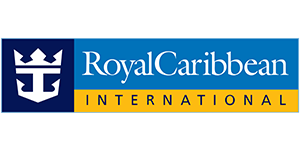The CME was a great experience. The speakers were amazing and kept us engaged. A great learning experience and a holiday bundled together.
Sea Courses is a medical education company. We offer courses presented by the medical profession’s top educators. These take place around the world, allowing physicians to combine learning with personal health breaks and rejuvenation time. Medical professionals choose our CME AWAY® courses because of the combination of high quality and engaging speakers, the latest educational content, terrific venues and family time away from the stresses of everyday life. After almost 28 years and over 500 conferences, we are recognized as the leading provider of CME AWAY® experiences.
The CME was a great experience. The speakers were amazing and kept us engaged. A great learning experience and a holiday bundled together.
Dr. Calden Sharngoe








